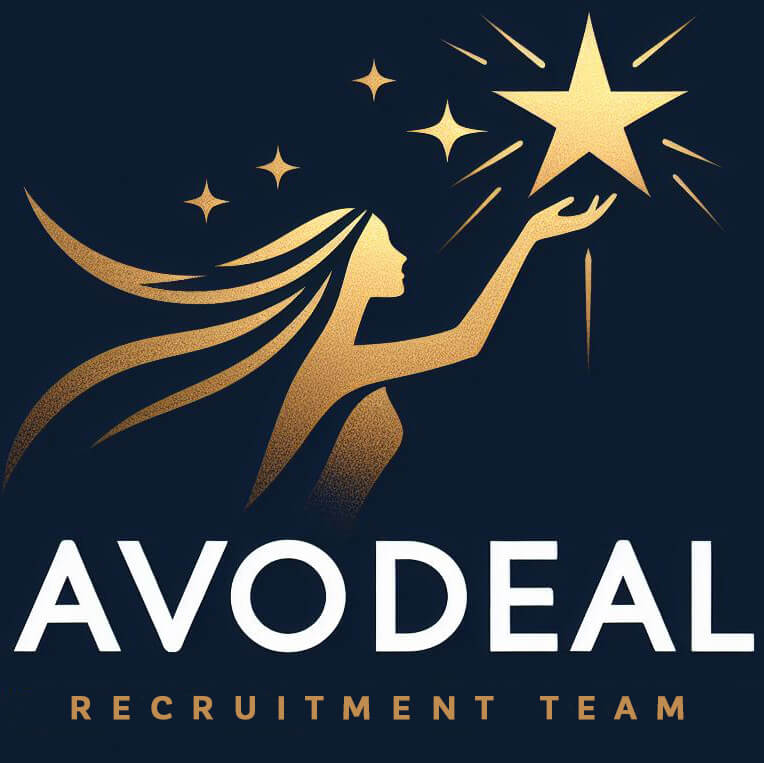The first part “How to built an effective CV” is via here
The second part “General Structure of CV” is via here
One of the key aspects of a successful resume is targeting—adapting it for a specific job or group of vacancies. This step helps you stand out among other candidates by demonstrating to the employer that you meet their requirements and understand the company's needs. This doesn't mean rewriting your entire resume from scratch but rather adjusting key points to align with the specific job requirements.
Employers and recruiters aren't just looking for candidates with experience but for those who are the best fit for their current needs. If your resume “speaks the language of the job description,” you increase your chances of being invited for an interview. Moreover, ATS (Applicant Tracking Systems) are often configured to look for specific keywords from the job description. If your resume lacks these keywords, it risks being automatically rejected.
- Study the Job Description Read the job posting carefully and highlight the key requirements and skills. For example, if the company is seeking a specialist with experience in Python and Flask, but your resume emphasizes Java, include your relevant experience with Python and Flask if you have it.
- Use Keywords ATS systems and recruiters pay attention to keywords that match the job requirements. For instance, if the job mentions “experience in developing REST APIs,” ensure that this phrase is present in your resume if it reflects your experience.
- Emphasize Relevant Achievements Make sure your “Work Experience” section highlights achievements related to the new role. For example, if you're applying for a Team Lead position, showcase your successes in team management and project execution.
- Tailor Your Summary In the “Summary” section, emphasize the aspects of your career most relevant to the job requirements. This immediately signals to the employer that you're a suitable candidate.
- Consider Resume Format RequirementsIf you're applying to an international company, follow the resume format commonly used in the country where the job is located.
- Excessive Copying from the Job Description Don't copy the job description verbatim into your resume. This looks unnatural and can be perceived as an attempt to deceive.
- Using a Universal ResumeMany candidates send the same resume to dozens of jobs. This reduces your chances because such resumes don't convey to the employer that you're exactly the right fit.
- Ignoring Job RequirementsIf the job description specifies experience with a particular tool and your resume doesn't mention it, the recruiter might assume you don't meet the requirements, even if you actually have the experience.
A resume that highlights achievements rather than merely listing responsibilities stands out and makes you a more attractive candidate. Instead of detailing what you did in each role, focus on what you accomplished. This approach showcases your contributions to the company's success and demonstrates your value as a professional.
- Quantify Your Results Use numbers to illustrate the results of your work. For example: “Increased test execution speed by 25% by implementing a new testing framework.”
- Highlight Your Uniqueness Show how your actions positively impacted the company. For example: “Reduced IT infrastructure costs by 10% through optimizing cloud services.”
- Describe Your Role in Team AchievementsEven for team accomplishments, clarify your specific contribution. For example:“Led a team of 5 in a project that saved the company $100,000 by automating reporting processes.”
Sometimes, it's challenging to express achievements with numbers. In such cases, focus on improvements or problems solved. For example:“Developed an efficient project management process that reduced errors.”
Use Concise and Clear Statements .Strike a balance between the amount and quality of information. Avoid turning each role description into a long narrative. Use brief phrases and avoid unnecessary details.
Stick to Key Achievements .For each position, highlight 2-3 significant accomplishments. For example: “Created an internal knowledge base, reducing new employee training time by 20%.”
Avoid Overloading Your Resume with GeneralitiesStay away from generic phrases like “responsible for project success” without specific details.
Grammatical and Typographical ErrorsThese are among the most frequent and critical mistakes. Typos make you appear careless, and even if you're a great fit, a resume with errors can be instantly rejected.
How to Avoid:
- Proofread your resume multiple times.
- Use spell-checking tools.
- Ask a friend or colleague to review your CV. A fresh perspective may catch errors you've missed.
Excessive Text. Some candidates include too much information, making their resumes hard to read. Overloaded resumes may deter recruiters.
How to Avoid:
- Include only relevant information. If you have extensive experience, limit it to the last 10 years.
- Use a clear structure: headings, bullet points, and short paragraphs.
- Keep your resume to one page for candidates with limited experience and two pages for professionals.
Incorrect Format and DesignUnconventional formats or overly bright colors can distract from your content or make your resume difficult to read.
How to Avoid:
- Use neutral colors (black, white, gray) and standard fonts (Arial, Calibri).
- Divide your resume into clear sections: Contact Information, Summary, Skills, Work Experience, Education.
- Avoid graphics, charts, or intricate design elements unless your field requires creativity.
Errors in Contact InformationIncorrect or incomplete contact details make it impossible for employers to reach you.
How to Avoid:
- Double-check that you've provided a valid phone number and email.
- Use a professional email address (e.g., [email protected] instead of [email protected]).
- Add a LinkedIn profile link if applicable.
Unnecessary Personal InformationSome candidates include excessive personal details, like their home address, marital status, or birth date.
How to Avoid:
- Include only professional information.
- Omit data that could be used for discrimination.
Ignoring Reverse Chronological OrderIf your work experience isn't listed in reverse chronological order, it can confuse recruiters about your current professional standing.
How to Avoid:
- Always start with your most recent job.
- This is especially important if you're applying for a higher position—recruiters prioritize your current status.
Unorganized Skills SectionListing all skills without structure creates an impression of chaos.
How to Avoid:
- Categorize your skills (e.g., technical, languages, tools).
- Only include skills relevant to the position.
By avoiding the common mistakes along with understanding what makes your CV impressive, you can significantly improve your chances of passing the first selection stage. Remember, your resume is your primary tool in job searching, and its quality directly impacts your competitiveness. Following our advices will showcase professionalism, attention to detail, and reliability, ensuring recruiters take notice.
February, 03. 2025
© Diana Gokhshtein

